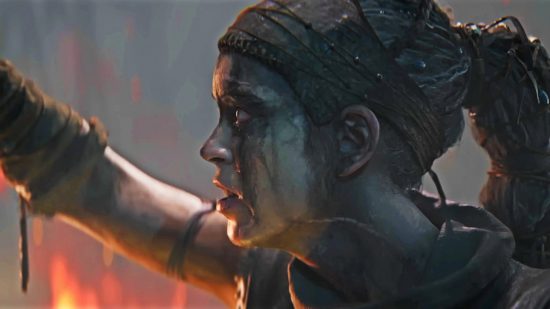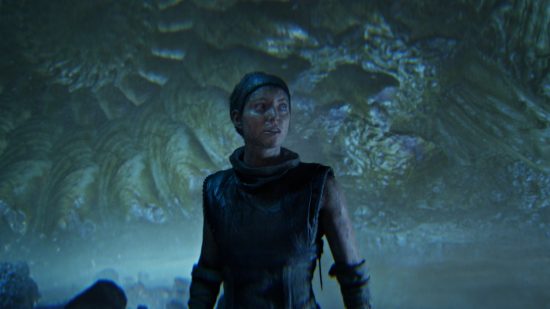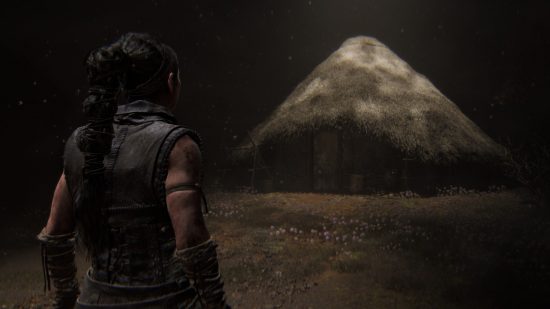It’s no secret that generative AI has slowly been creeping its way into the videogame sphere for some time now. Whether you’re a staunch supporter or fierce critic, it’s a hot-button internet topic that everyone’s got an opinion on. When I sat down with environment art director Dan Atwell and VFX director Mark Slater Tunstill during my time at Ninja Theory head office for a behind-the-scenes look at Hellblade 2, it seemed prudent to ask them about their philosophy towards this emerging technology.
In my Hellblade 2 preview, I attribute Ninja Theory’s “unwavering commitment to realism across all elements of game development” as the driving force behind the action-adventure game’s emotional impact. I’m also struck by how antithetical this approach is to that of generative AI, lauded by many as the “future” of game development. If generative AI is an elision of reality that’s in danger of cannibalizing itself, then Hellblade 2 is, if anything, a reaffirmation.
Square Enix has announced “aggressive” plans for AI this year, while Nvidia CEO Jensen Huang believes GPUs will be replaced by AI in as little as half a decade. Conversely, Bethesda’s Skyrim mod program bans generative AI altogether, and Strange Scaffold founder Xalavier Nelson Jr. believes that Airport Dog Game “couldn’t be made today” due to generative AI’s reliance on public domain sources. Where does Ninja Theory fall on that spectrum?
“I see it as a tool. I think it’s a means to an end,” Attwell says. “Very early on, we did some experiments using it for some idea generation, but that’s just another tool in our arsenal.”
It’s easy to make the jump to language models and image prompts, but Attwell clarifies their usage largely consisted of “ideas for lighting and composition and stuff like that, but not really: ‘I want a design for something’.”
That dedication to the real world was on full display during my studio tour. Handmade replicas of Norse totems are displayed alongside Icelandic rocks of all sizes and textures for reference. “The idea was always that if we wanted a prop then we research it properly,” Attwell says. “We’re not making it up, we’re basing it on real-world things.”
Even real-life character costumes have been produced using traditional weaving techniques, and then ‘broken in’ to ensure that they appear worn in every sense of the word before they’re applied to in-game character models. “For us, the storytelling and the immersion is key,” Slater Tunstill adds. “Ultimately, everything’s handcrafted and bespoke.”
While you wait to uncover Senua’s Saga in the wake of the Hellblade 2 release date, check out some of the latest games coming to Game Pass. We’ve also got the scoop on Hellblade 2 VR support, as well as some top horror games to keep you on the edge of your seat.
You can also follow us on Google News for daily PC games news, reviews, and guides, or grab our PCGN deals tracker to net yourself some bargains.


